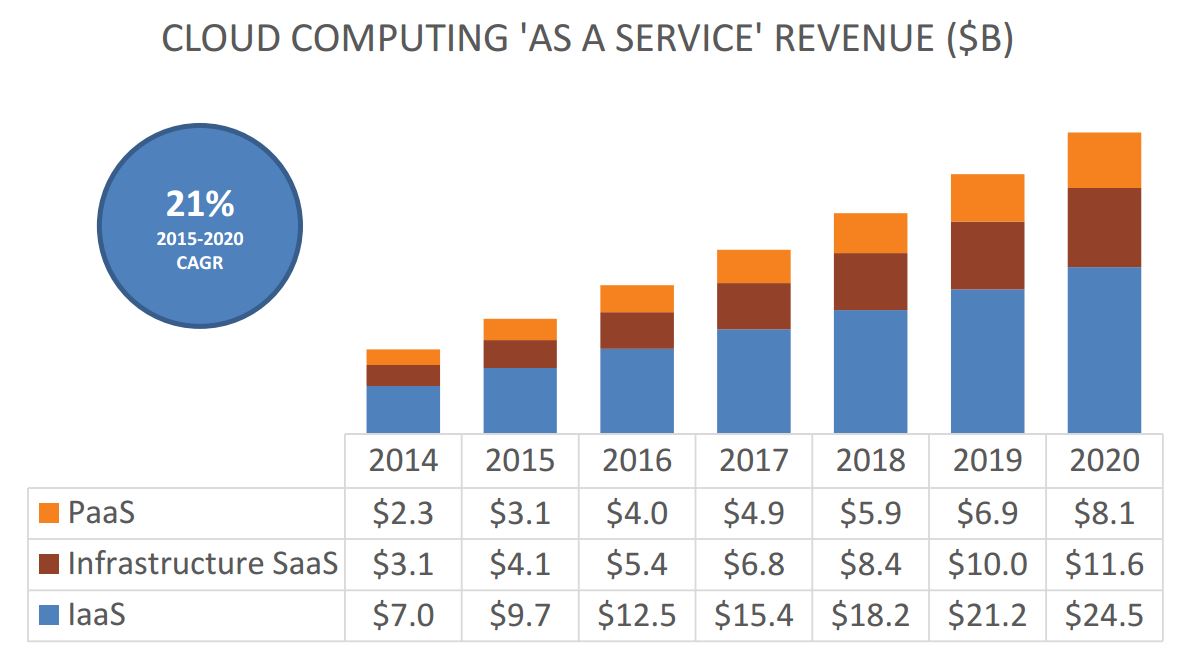During last week’s GPC NEXT 2016 conference, it became pretty clear that Google is hoping that Diane Greene can do for the enterprise cloud what Andy Rubin did for mobility. In both cases, the search giant has set about acquiring a well-known ‘face’ to give it a credible and visible presence in a market that it cannot organically move into but – at the same time – can’t afford to miss. (See our full report on the conference, where the company bolstered its Google Cloud Platform with multi-cloud management, a machine-learning engine and more scalable containers, among other announcements.)
A decade ago, Google’s acquisition of Android Inc not only brought the company a fledgling OS for mobile phones, but also included the high-profile figure of Rubin. From those early days, Rubin served as a kind of ‘rock-star engineer’ as Android soared to become the world’s most-used mobile OS. (Rubin stepped out of his role in Google’s mobile business in 2013 and left the company altogether the following year.) More recently, Google made what could be characterized as one of the tech industry’s largest-ever ‘acq-hires’ when it paid $380m in cash and stock four months ago to snag bebop, a startup headed by VMware cofounder (and Google board member) Diane Greene.
Just as Rubin served as a senior VP at Google as part of his company being acquired, Greene is serving as a senior VP at Google as part of her company being acquired. However, where the parallel breaks down between the two executives is around timing. Google bought Rubin’s company in August 2005 – a full two years before Apple introduced its iPhone. In contrast, Google purchased Greene’s company just last November – nearly a decade after Amazon launched its Amazon Web Services and had grown it to a $10bn run-rate business. (Click here to to read more about the remarkable growth of AWS.)
That’s not to say that Google, led in its efforts by a proven executive such as Greene, can’t make inroads into the enterprise cloud arena, thereby closing the gap with AWS and second-place Microsoft Azure. After all, the company wasn’t anywhere among the earliest search engines, but it overtook every single one of them as it netted billions of dollars on its way to becoming the world’s most-popular search engine.
But there are challenges in Google’s ‘people and products’ strategy, as demonstrated by Rubin’s own experience at the company after he left the Android division. A true gadget guy, Rubin moved over to head the search giant’s grandly ambitious robotics unit when it launched in 2013. It was built on a series of acquisitions, most notably the December 2013 pickup of Boston Dynamics. However, Rubin couldn’t replicate in Replicant (the name for Google’s robotics business) the success he had with Android, and left the company in 2014. Google is now reportedly in the process of selling off and repurposing the Replicant assets.
Source: 451 Research’s Market Monitor
For more real-time information on tech M&A, follow us on Twitter @451TechMnA.



